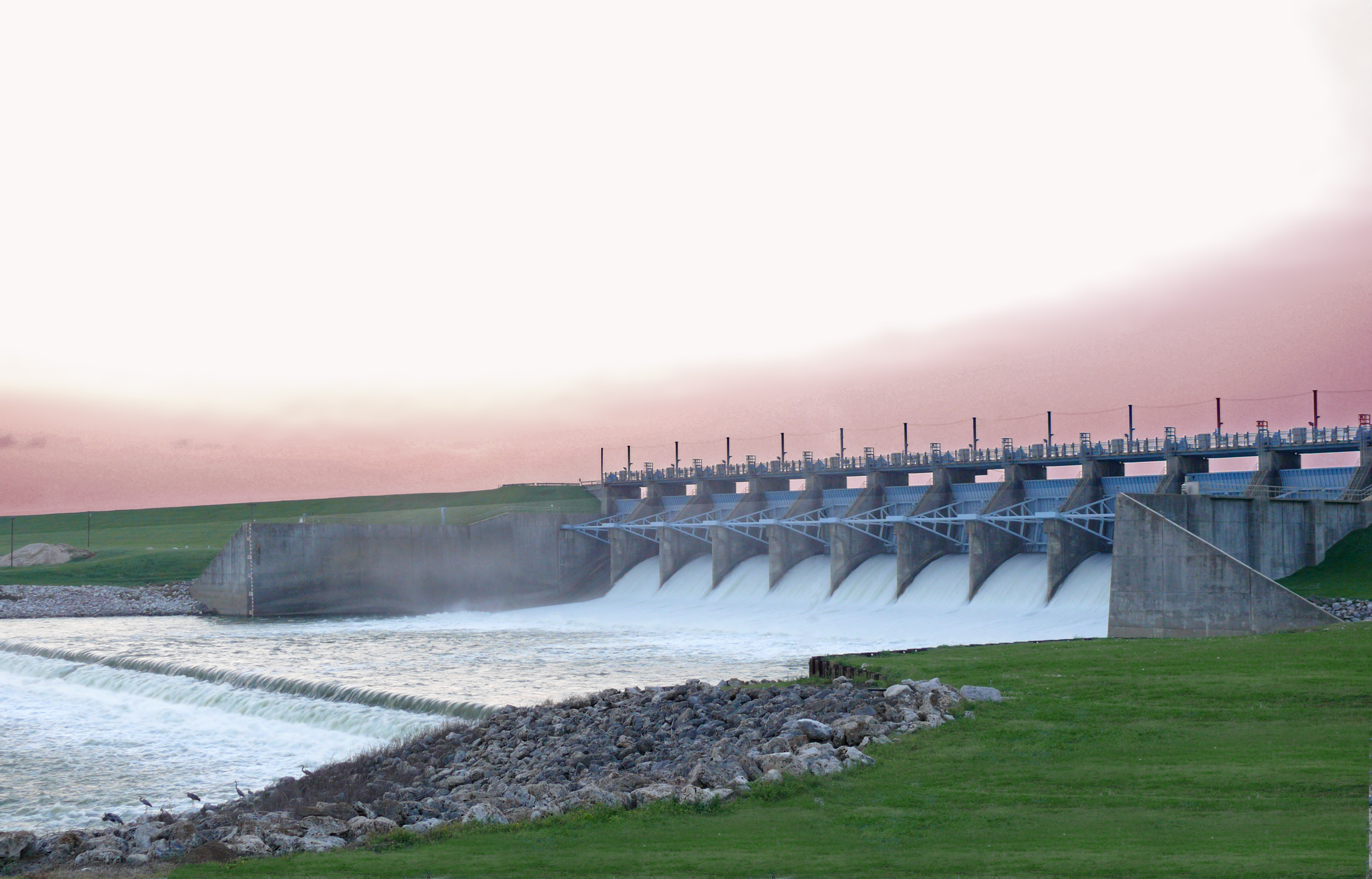
Lake Livingston, TX is located on the Trinity River in Polk, San Jacinto, Trinity and Walker counties and has a surface area of approximately 83,000 acres with a maximum depth of 77 feet. The reservoir was constructed in 1971 and is located seven miles west of Livingston, TX, and is 50 miles north of Houston, a metropolitan center with 6.2 million people. For 10-15 years post-impoundment, Lake Livingston was a bass fishing destination with numerous regional and national bass fishing tournaments held on the lake. The fishery was an economic engine for the local economy. Sedimentation with its associated turbidity, along with extensive shoreline development have negatively impacted shoreline habitat for littoral fishes. In addition, invasive aquatic plants, hydrilla and giant salvinia have become established and have further impacted littoral fisheries habitat.
Purpose of the project:
For 10-15 years post-impoundment, Lake Livingston was a bass fishing destination with numerous regional and national bass fishing tournaments held on the lake. The fishery was an economic engine for the local economy. Sedimentation with its associated turbidity, along with extensive shoreline development have negatively impacted shoreline habitat for littoral fishes. In addition, invasive aquatic plants, hydrilla and giant salvinia have become established and have further impacted littoral fisheries habitat.
In a recent lake management report, Texas Parks and Wildlife Department (TPWD) staff has recommended a native vegetation restoration effort to improve shoreline habitat. Texas Black
Bass Unlimited has partnered with the Piney Wood Lakes Chapter of the Texas Master Naturalists, the Trinity River Authority, Texas Parks and Wildlife and numerous local partners, including nine independent school districts to develop an ambitious 10-year plan to cultivate and plant 6-10 thousand water willow plants annually. The Reservoir Fisheries Habitat Partnership provided a $20,000 grant in 2014 to purchase materials for and construct the nurseries to cultivate the plants. Growing cells (Figure 1) have been or will be constructed at nine local high schools and students will be cultivating plants as part of the schools’ FFA and/or science programs (Figure 2). Students will also participate with volunteers and professionals to transport and plant water willow at TPWD pre-approved sites. Not only will these students receive classroom instruction on the value of quality aquatic habitat but they will participate in activities that will give them “ownership” in aquatic habitat restoration efforts and hopefully cultivate a life-long environmental awareness which would propel them to become stewards of
the resource.
The $20,000 grant from RFHP has been supported with an additional $19,000 of locally-raised funds to start the project. Using the NFHP Economic Impact Calculator, the $39,000 in
construction materials expenditures resulted in $69,000 in local expenditures and created one new job. However, the estimated cash and in-kind expenditures over the 10-year scope of the
project approach $250,000. The overall goal of the project is to reestablish Lake Livingston as a destination for anglers and other outdoor recreationists. As such, the project has support from a
host of community leaders.
Human Interest/Community Benefit:
A dedicated core group of volunteer leaders are in place to ensure that the project continues to move forward garnering additional local support along the way. Monitoring of the restoration sites (all to be geo-referenced) will be conducted at the end of each growing season by TPWD to determine plant survival and spread. Replanting of existing sites and expansion to new sites will be done as per TPWD recommendations. A variety of community events, including the Polk County Family Fall Festival, Lake Livingston Mini-Camp, Come Clean Lake Livingston, and Ag-in-the Classroom exist that allow for outreach opportunities. Displays and educational brochures highlighting this native aquatic plant restoration project along with information on the value of healthy reservoir systems that meet
the needs of not only the aquatic community but of other recreational sports, tourism, flood control, water supply and power generation will be developed and distributed. This project
provides an opportunity to raise public awareness of the conservation issues and challenges facing our reservoirs and associated watersheds.
